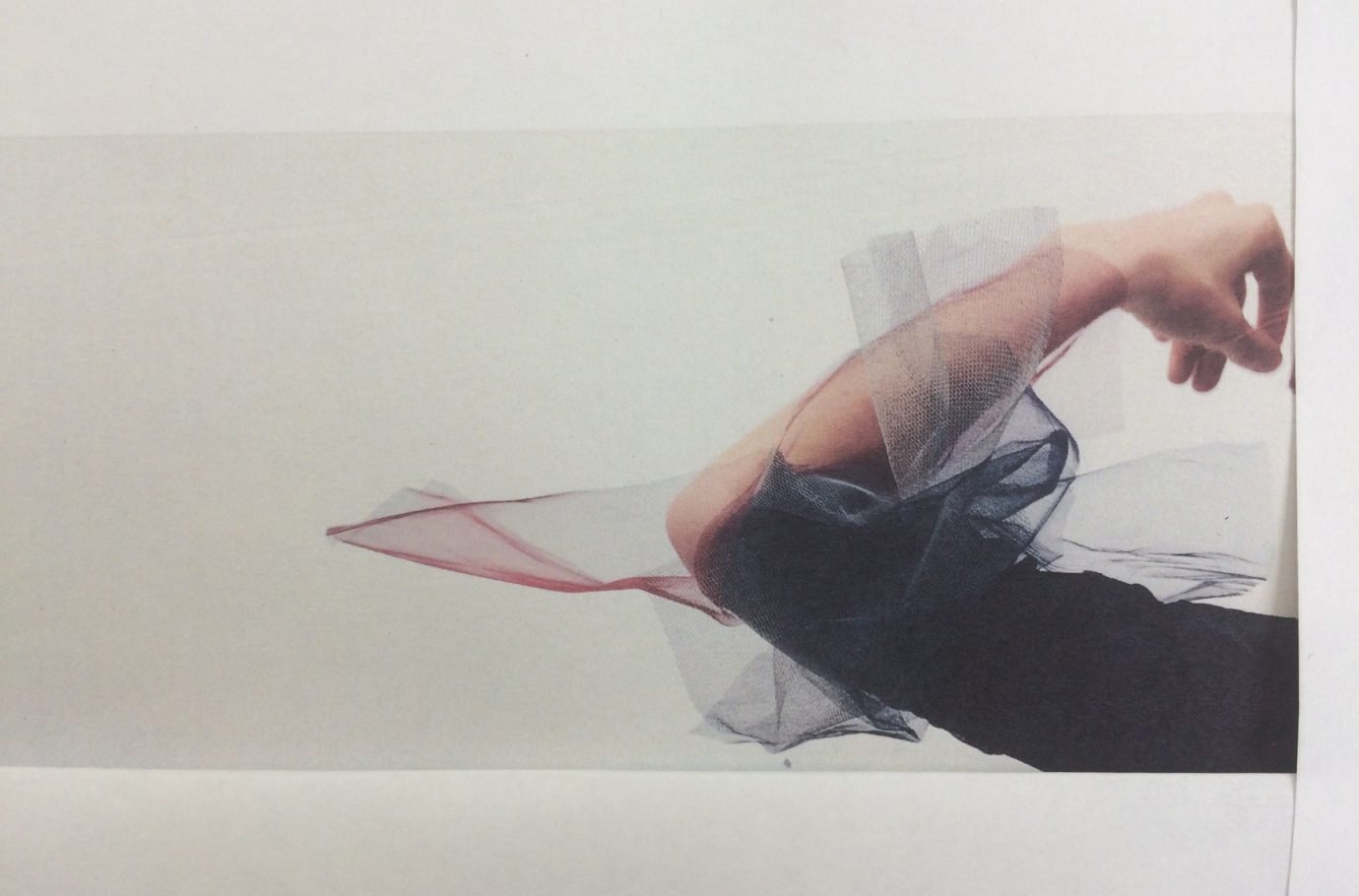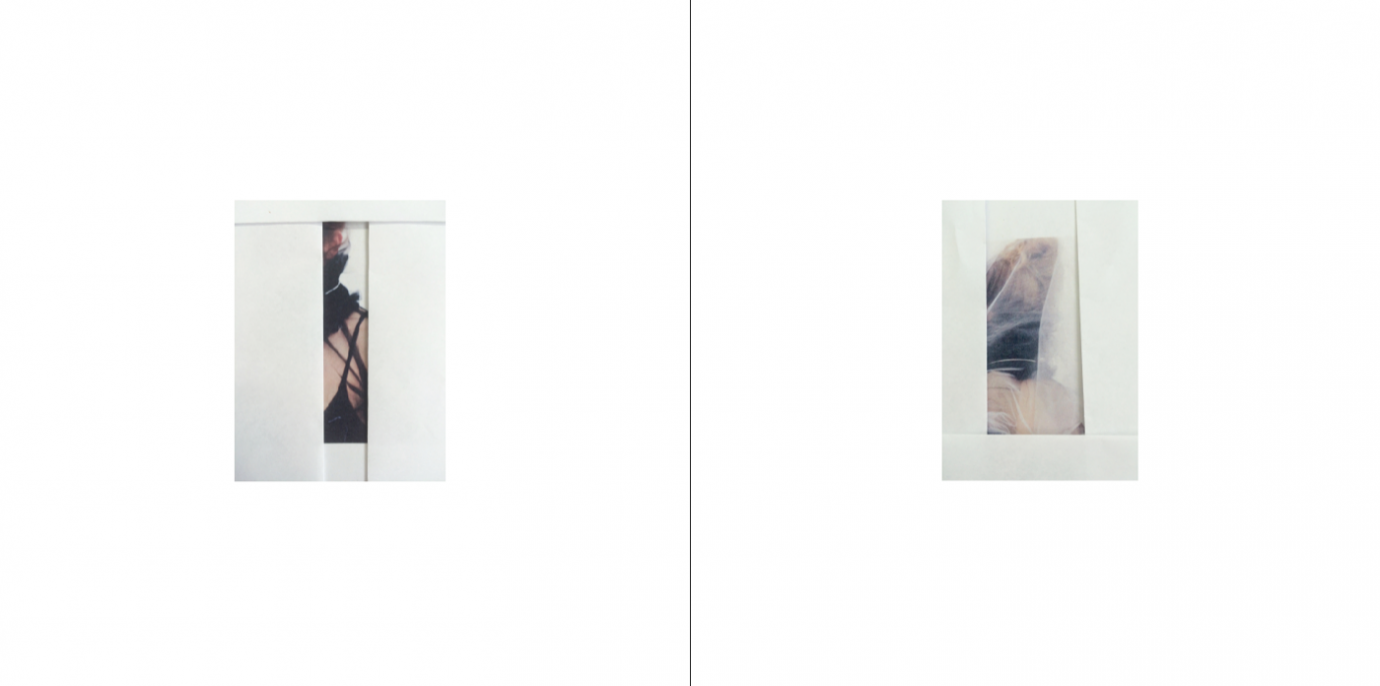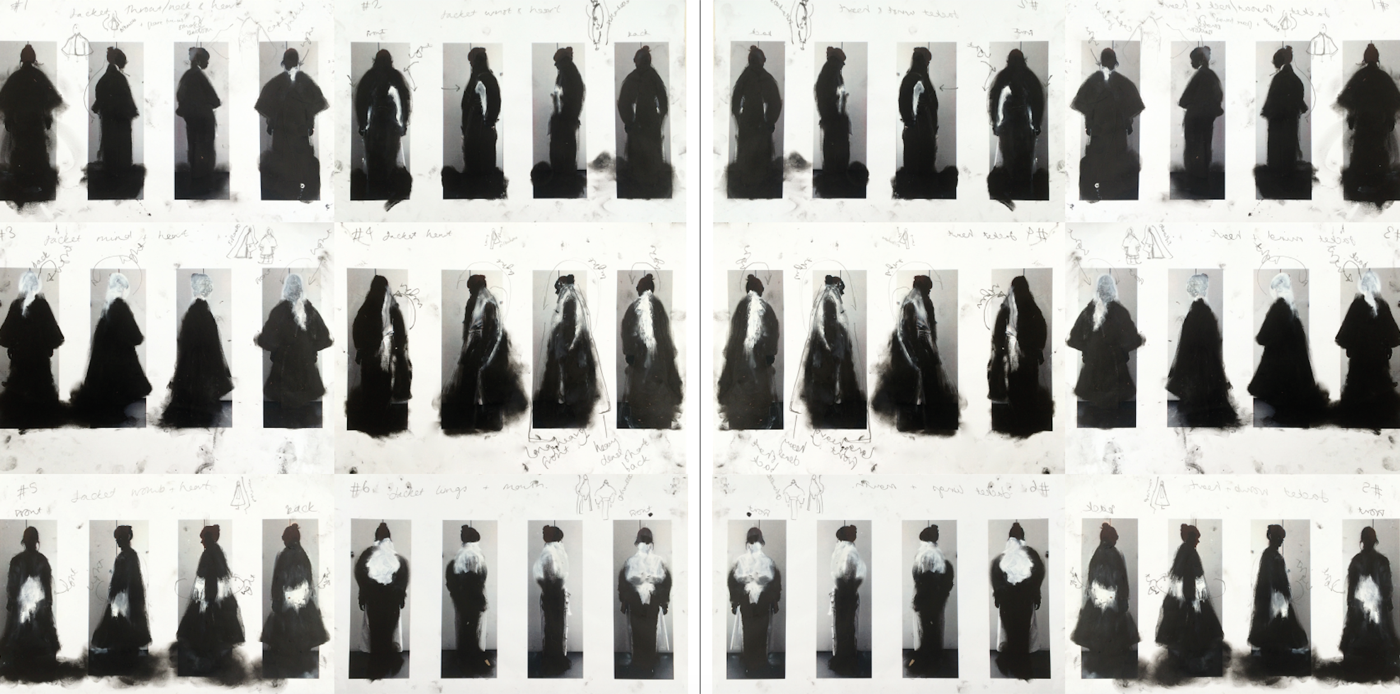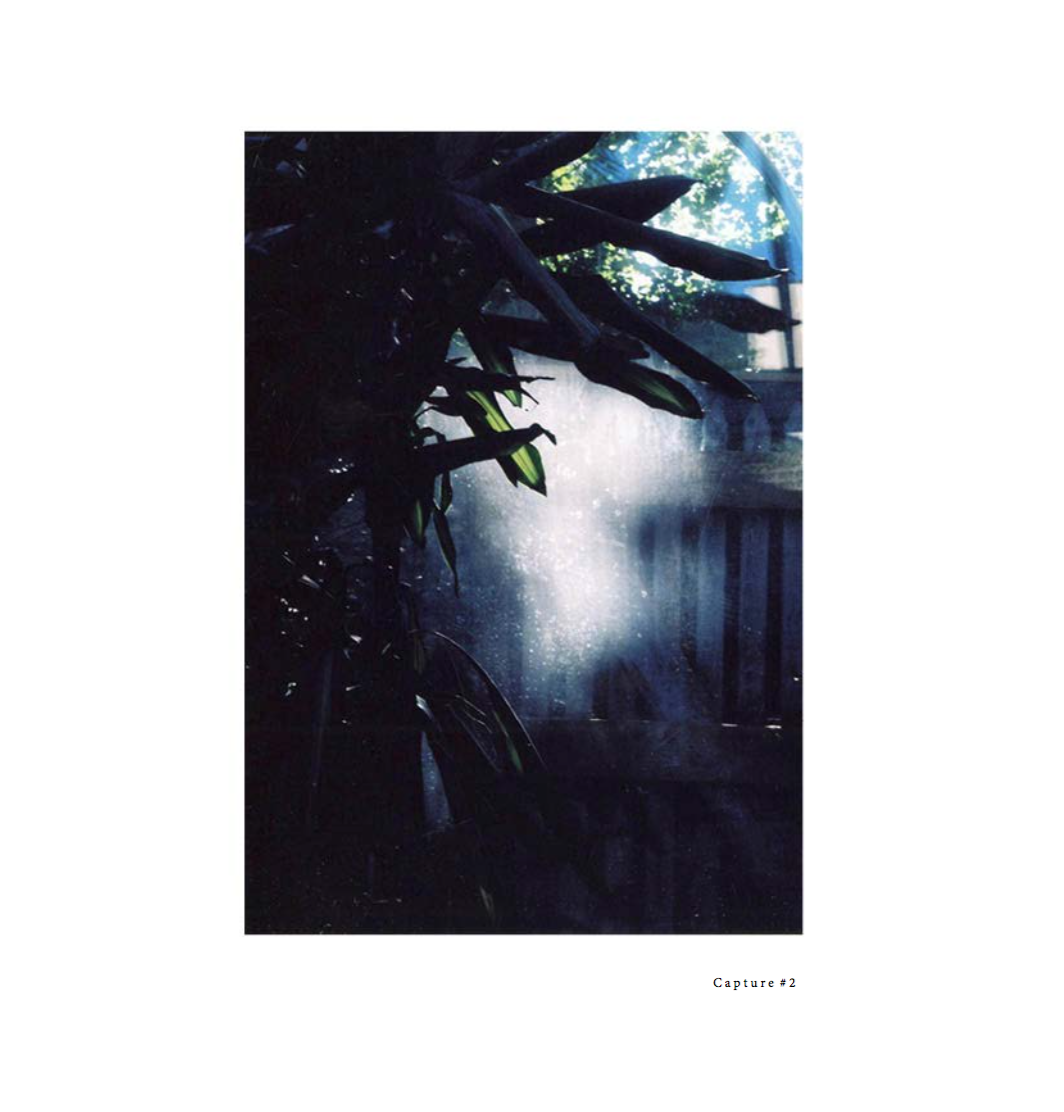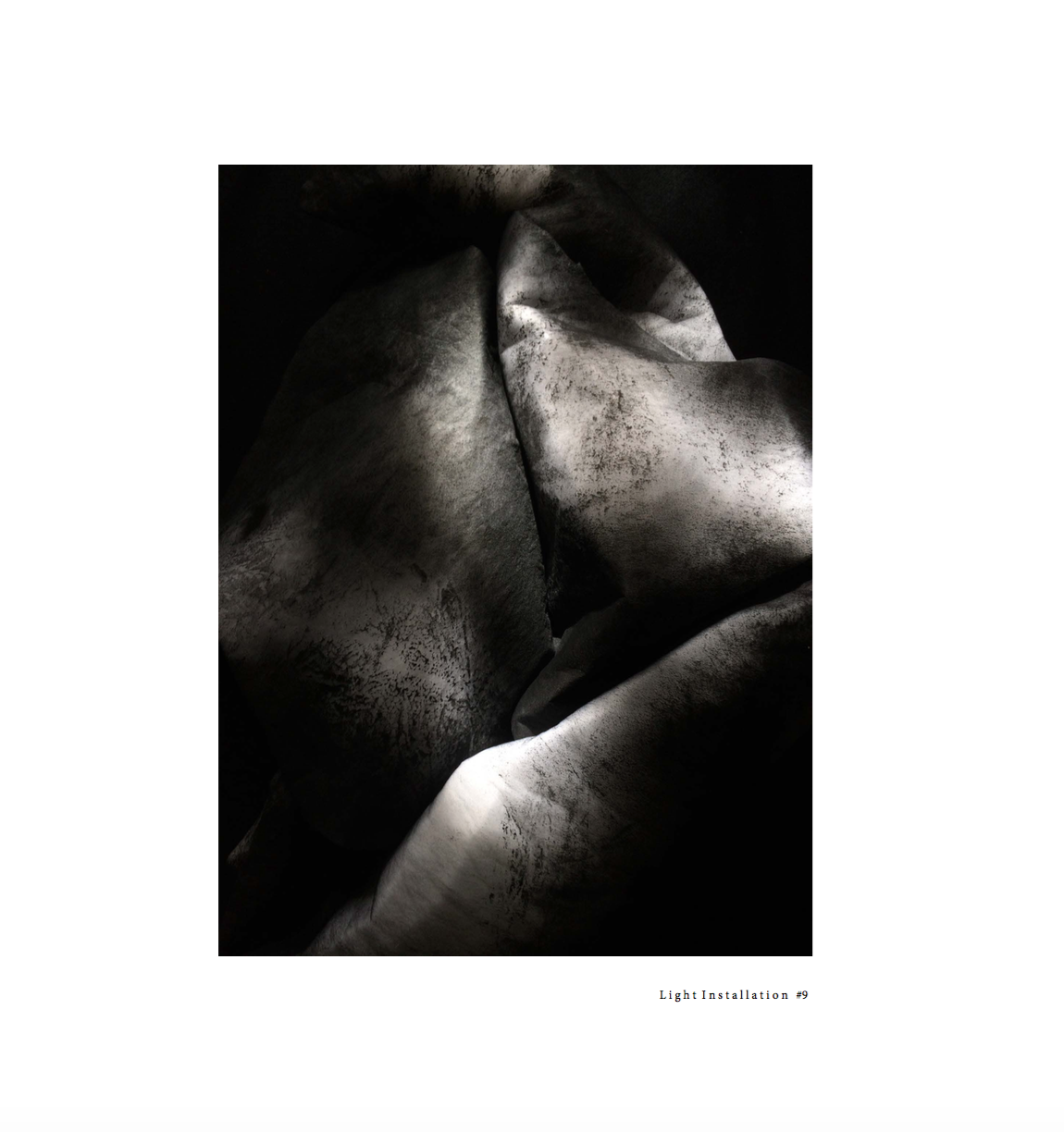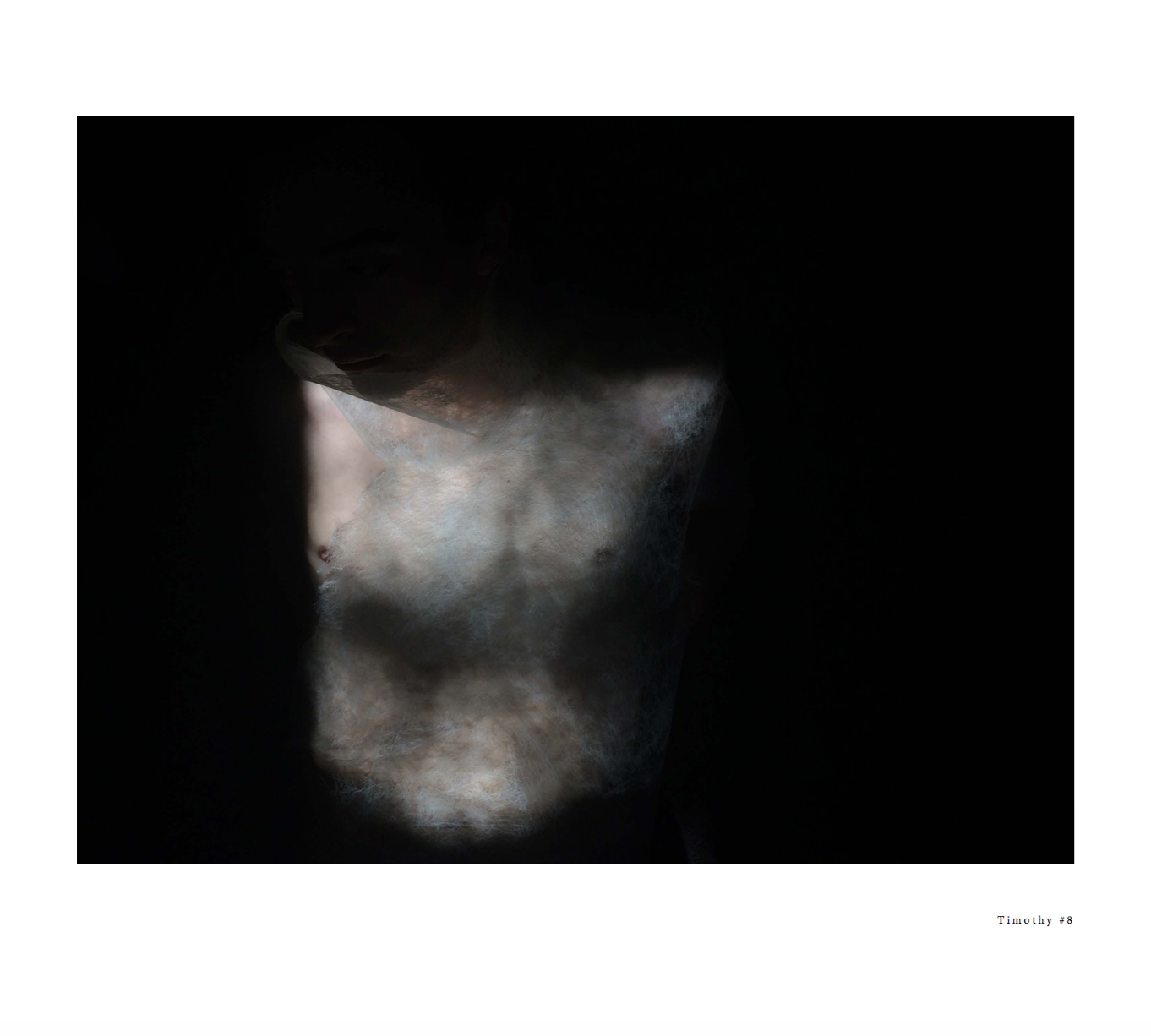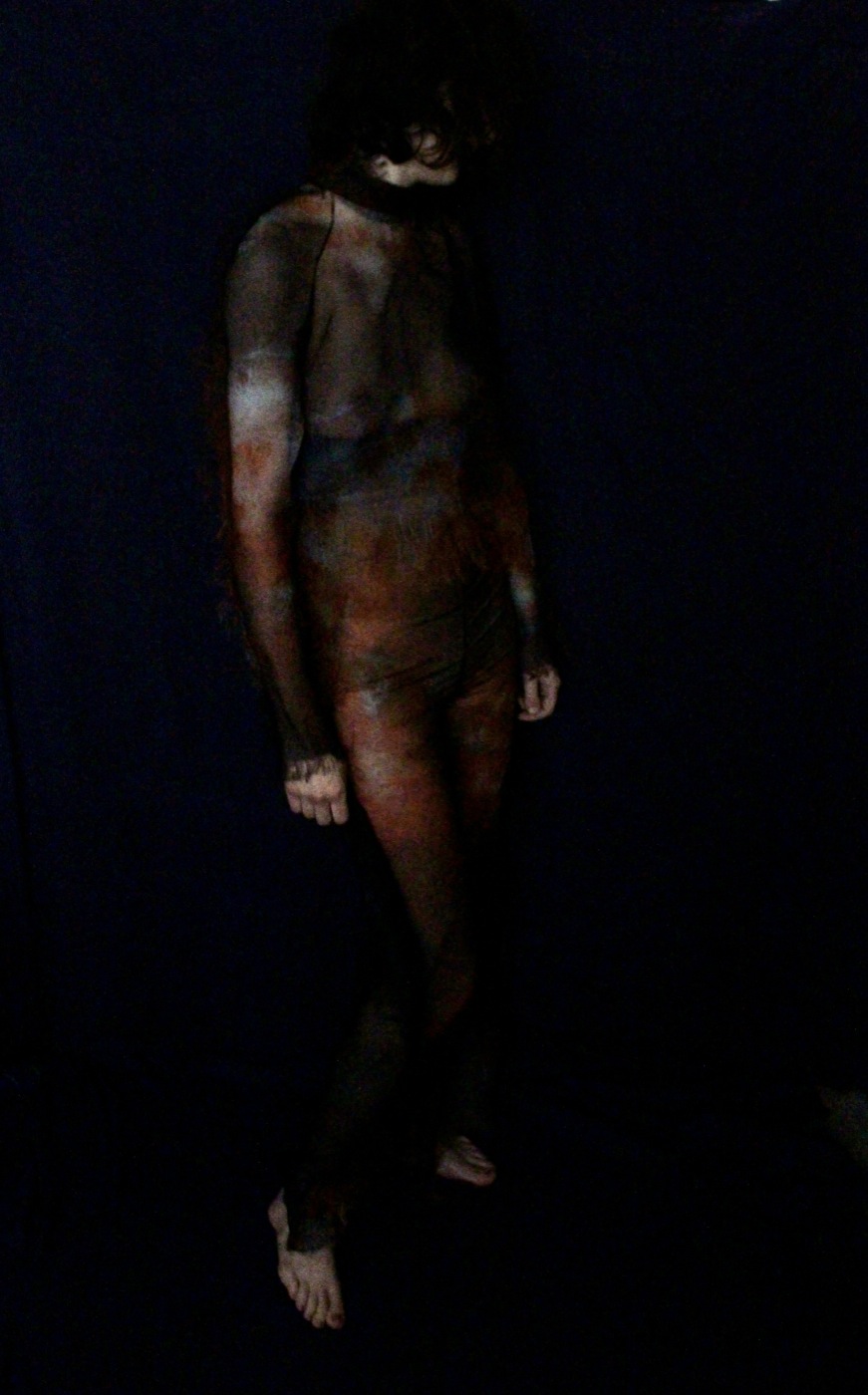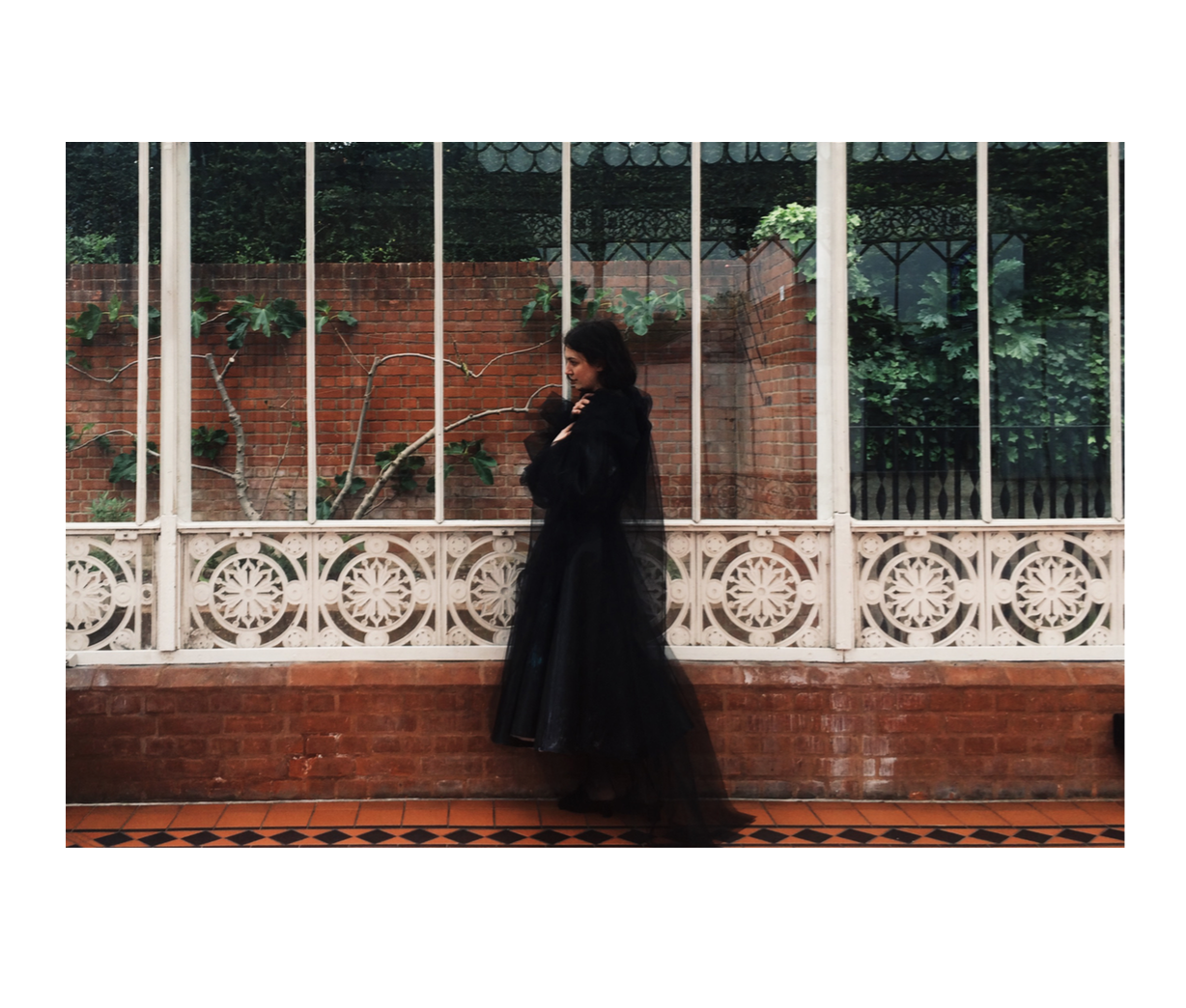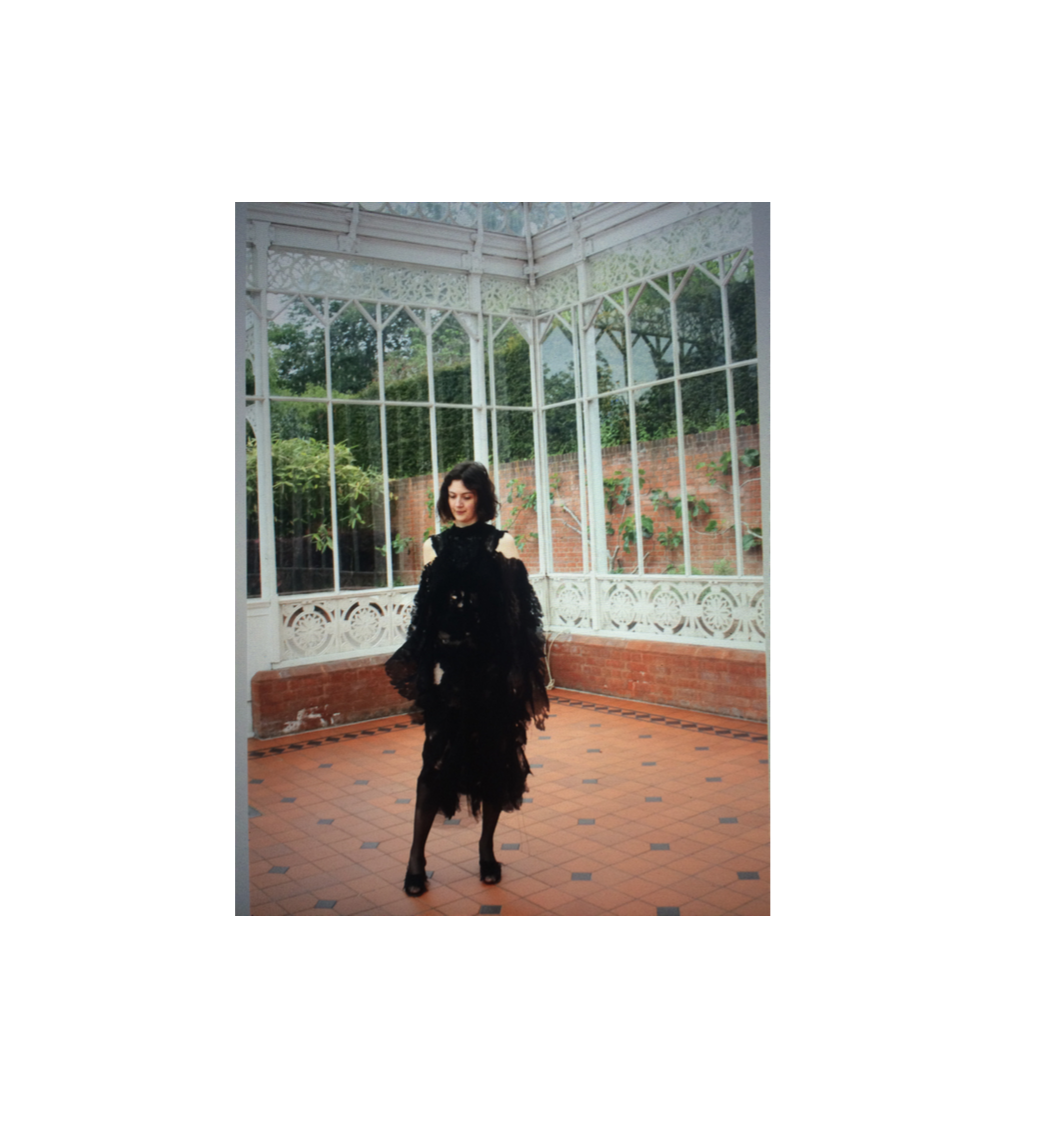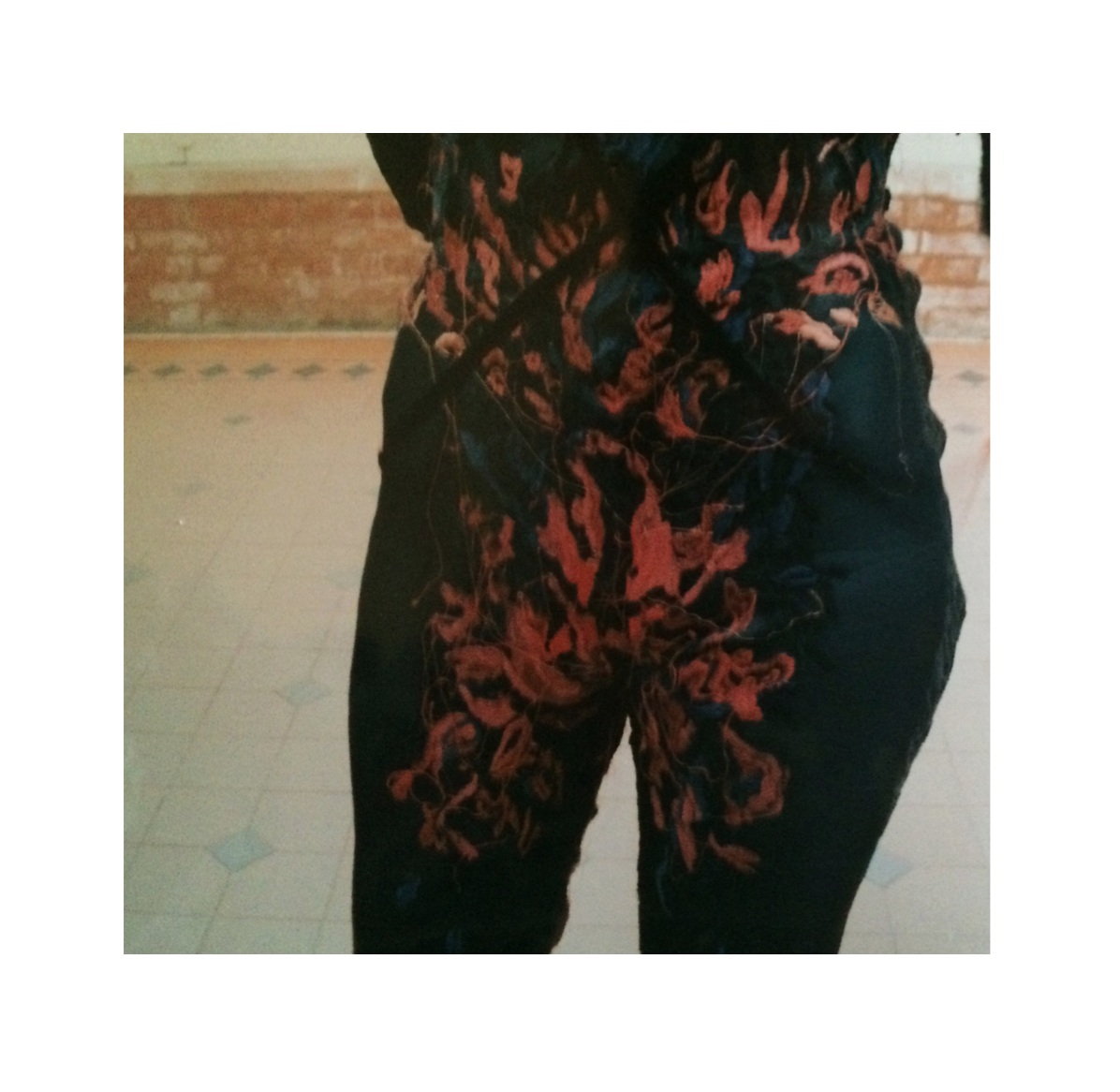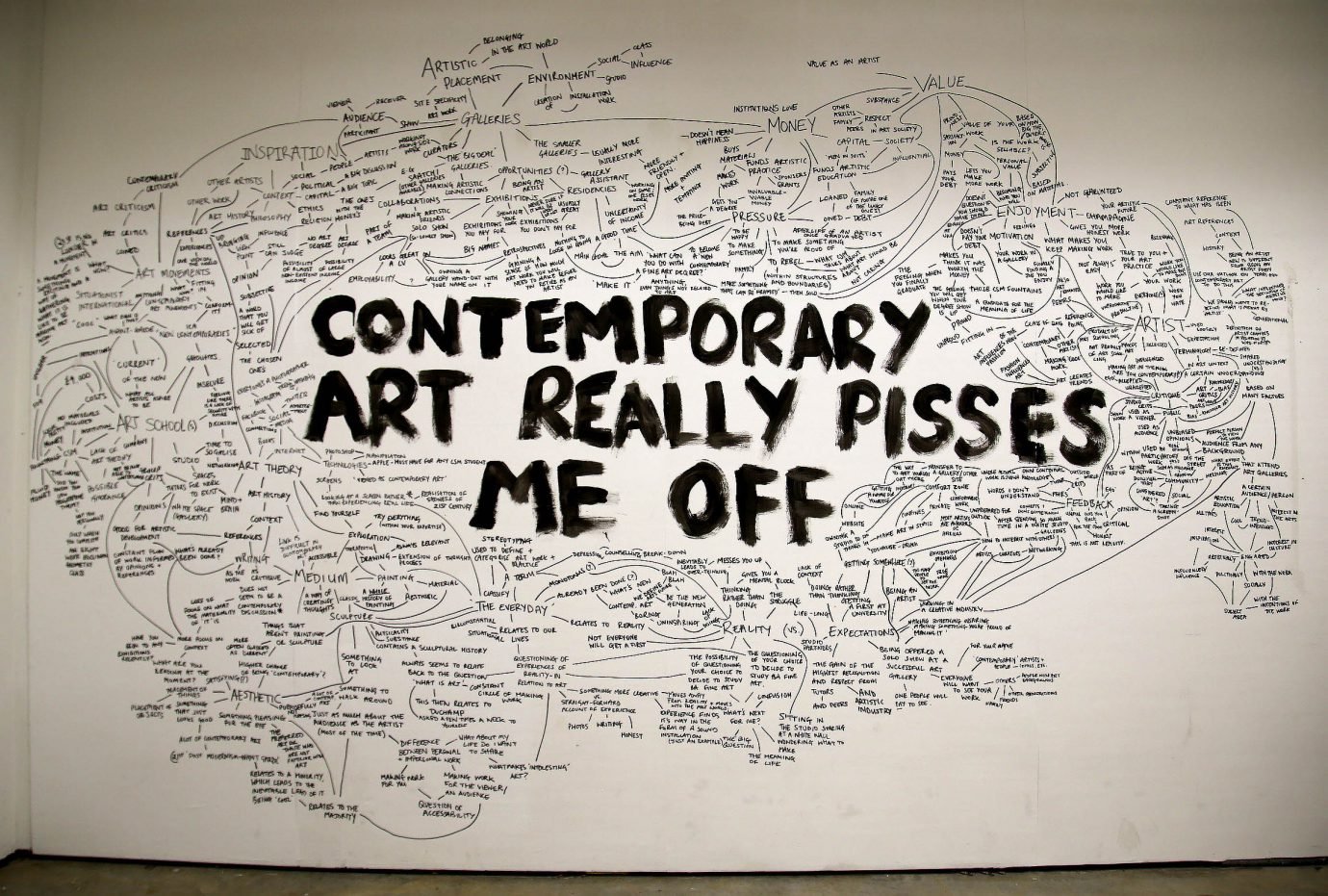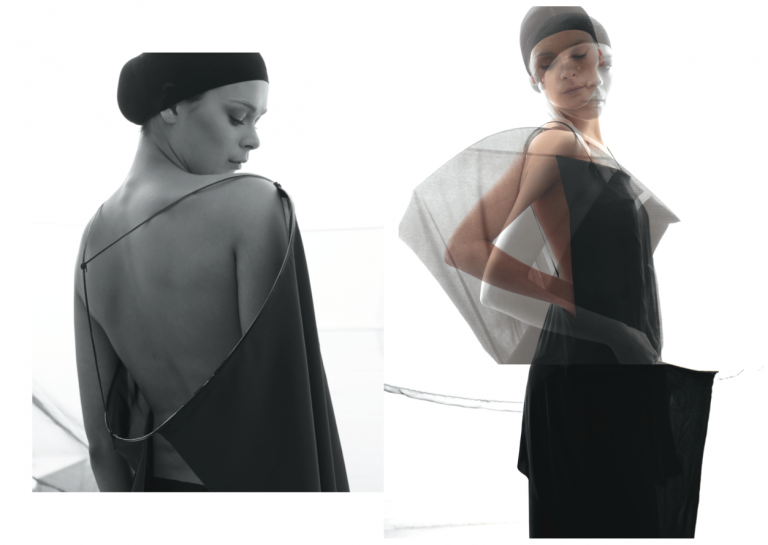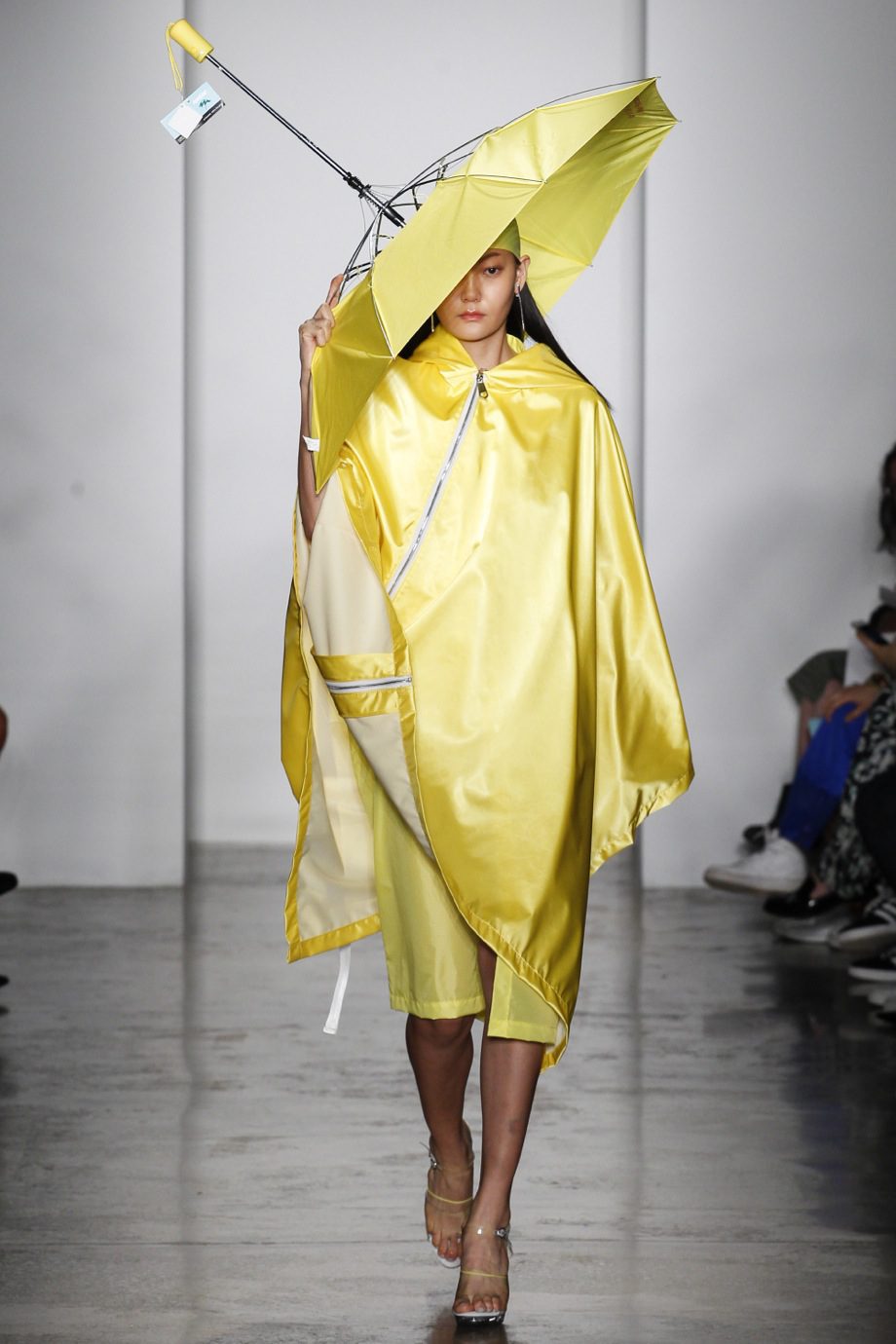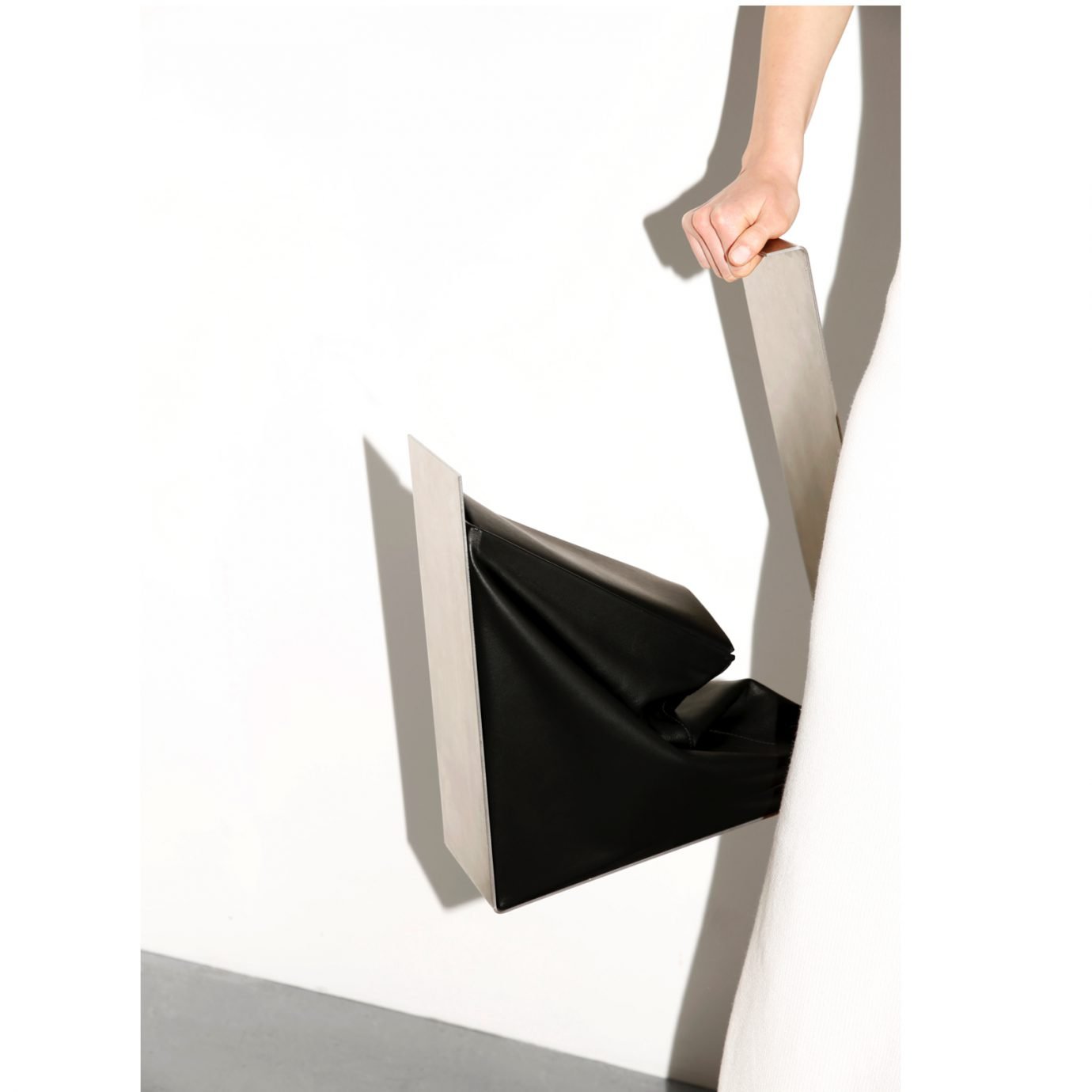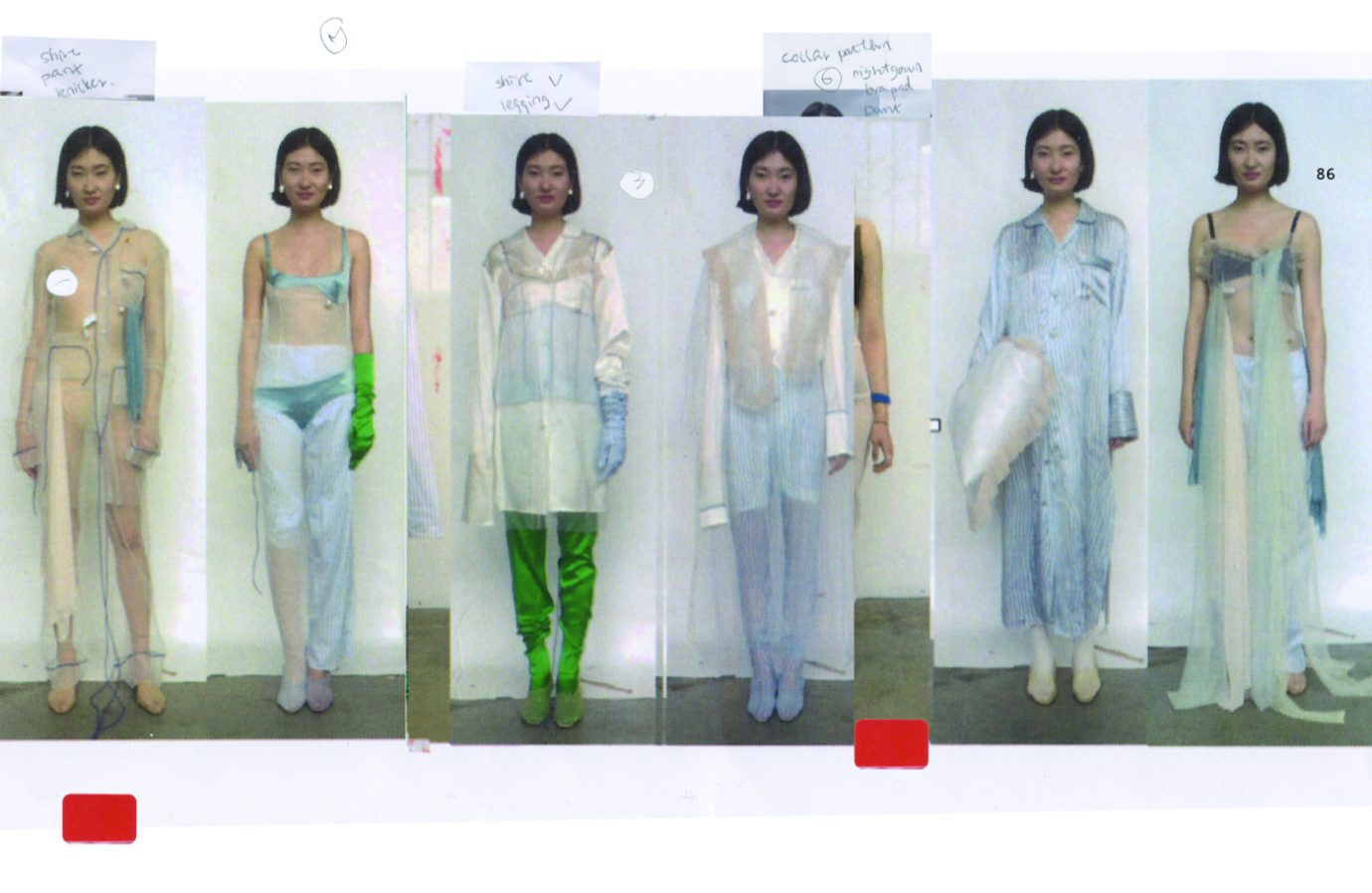“THIS PRACTICE HAS ALWAYS FUNCTIONED AS AN OUTLET FOR MY PAIN OR SADNESS: A SPACE TO EXPLORE THOSE PARTS OF MYSELF WHICH WORDS CANNOT SUFFICIENTLY COMMUNICATE.”
Do you consider your work an extension of your own identity?
Anything you create is naturally a part of you. Whether explicitly or not, through the creative process, you express the essence of your identity and this precise ‘expression of self’ is central to my work. It is about giving freedom to that which is inside of you, and this practice has always functioned as an outlet for my pain or sadness: a space to explore those parts of myself which words cannot sufficiently communicate.
Although this may sound depressing, it is a great way to open up an important dialogue, in turn helping to bring hope and liberation to others who may be struggling. My graduate collection began from one image I took at the start of the year (Timothy #8) which captured the ethos of the collection; the idea that despite the darkness one must face in life, there will always be light and hope if you look for it.
How did you find the liberal approach to design at the RCA? Can you talk us through your process?
Initially having so much freedom was daunting, but it is really all about following your creative instinct and doing what feels natural within your practice. I find that photography, film and book-making comes naturally, and it was liberating to let such forms influence my design.
The multi-disciplinary approach is really important for enhancing and exploring ideas, and the tutors push you to work across many forms. I would never have thought to use film before studying at the RCA, but doing so broadened my understanding. At the beginning of the year I made a film called ‘World’, wherein I created a small installation with pieces of wadding I had painted: playing around with the lighting to see how it interacted and impacted surfaces. This experience helped me to understand the difference between natural and synthetic lighting upon different materials. This demonstrates how at the beginning of my process, I play the role of an observer: capturing beauty where I can find it.
It is then vital that I analyse the imagery I have created, finding consistencies and questioning exactly what I deem ‘beautiful’. Experimenting with materials and textures in order to physically embody the initial mood is vital, and translating these ideas always becomes very experimental, as it is all about reinterpretation. At the beginning of the collection, the garments and sketches were very dark and heavy and so the challenge became to develop lighter garments, both physically and emotionally.
Fittings were integral to the development and throughout the collection, my close friend Bella was a muse. Constantly placing her in the garments and asking how she felt was really valuable in progressing, because how the wearer feels underlies the collection. You cannot create a collection, or anything else, for that matter, without constantly questioning and developing. Ultimately, though, you must be decisive and settle with one direction, because you could continue to research forever.

